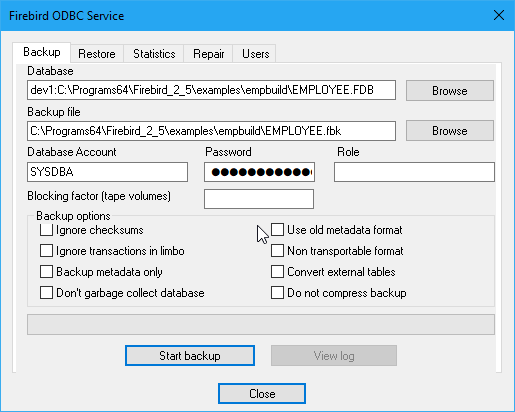

Reconnecting automatically connects you to a healthy copy of your database. Some examples of the error codes are embedded within the message of error 4010, 40143, 40166, and 40540. The error code (%d) embedded within the message of error 40197 provides additional information about the kind of failure or failover that occurred. You receive this error when the service is down due to software or hardware upgrades, hardware failures, or any other failover problems. The service has encountered an error processing your request. For more information, see Errors 4000 to 4999 Other, non-transient scenarios involving this error message are described in the MSSQL Errors documentation.Ĭannot open database "%.*ls" requested by the login. This error may be logged on SQL Managed Instance errorlog, for a short period of time, during the last stage of a reconfiguration, while the old primary is shutting down its log. See the SQL Server errorlog for more information. The following table lists various transient errors that applications can receive when connecting to SQL Database List of transient fault error codes Error codeĭatabase 'replicatedmaster' cannot be opened.


However, these events can occasionally take longer to finish, such as when a large transaction causes a long-running recovery.

Most reconfiguration events are generally short-lived and should be completed in less than 60 seconds at most. Database reconfiguration events occur because of a planned event (for example, a software upgrade) or an unplanned event (for example, a process crash, or load balancing). This kind of error condition is called a transient fault. This dynamic behavior might cause your client program to lose its connection to the database or instance. The Azure infrastructure has the ability to dynamically reconfigure servers when heavy workloads arise in the SQL Database service. Transient fault error messages (40197, 40613 and others) Additionally, if the maximum limit on some Azure SQL Database or SQL Managed Instance resources is reached, you can no longer connect. These connection problems can be caused by reconfiguration, firewall settings, a connection timeout, incorrect login information, or failure to apply best practices and design guidelines during the application design process. You receive error messages when the connection to Azure SQL Database or Azure SQL Managed Instance fails.


 0 kommentar(er)
0 kommentar(er)
